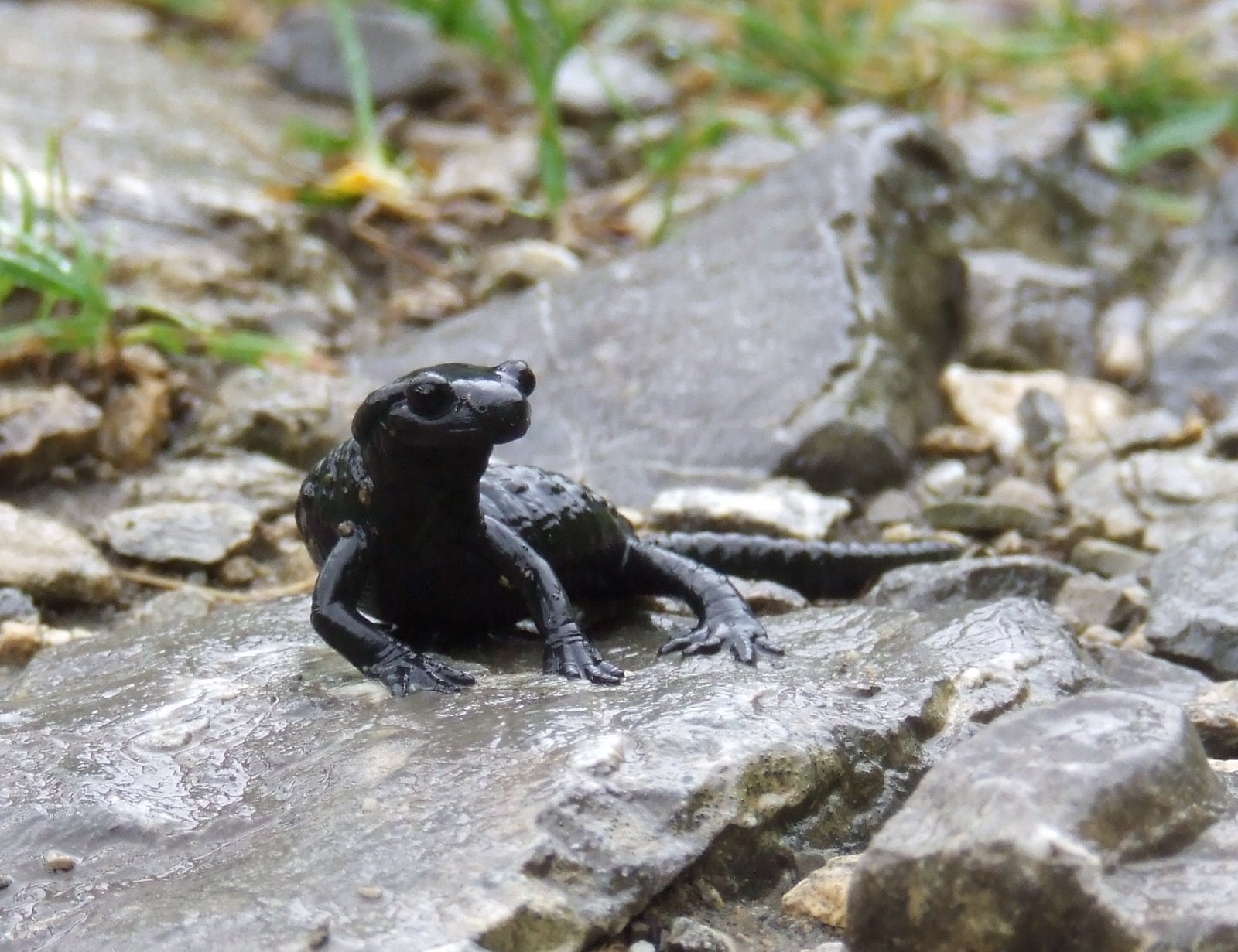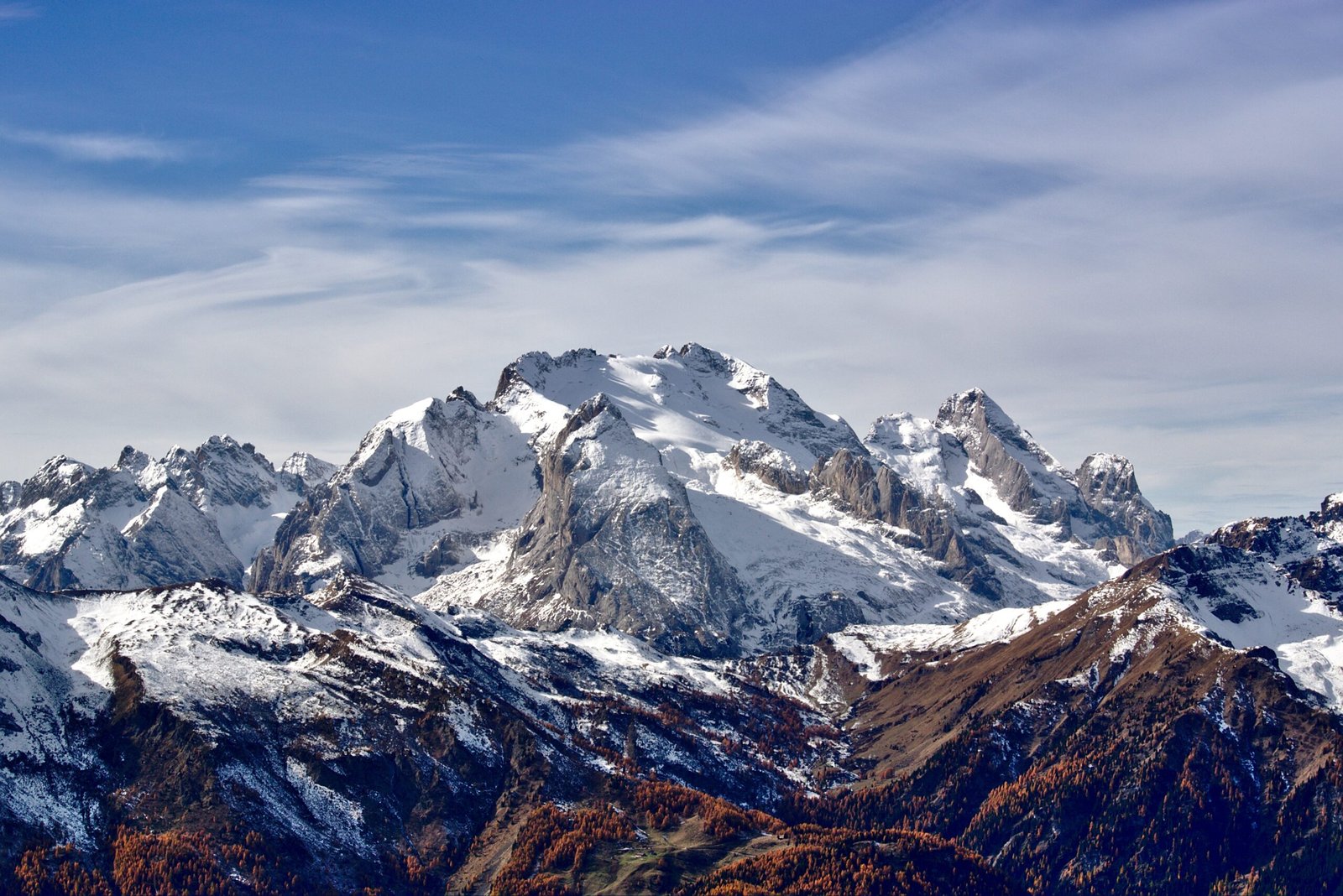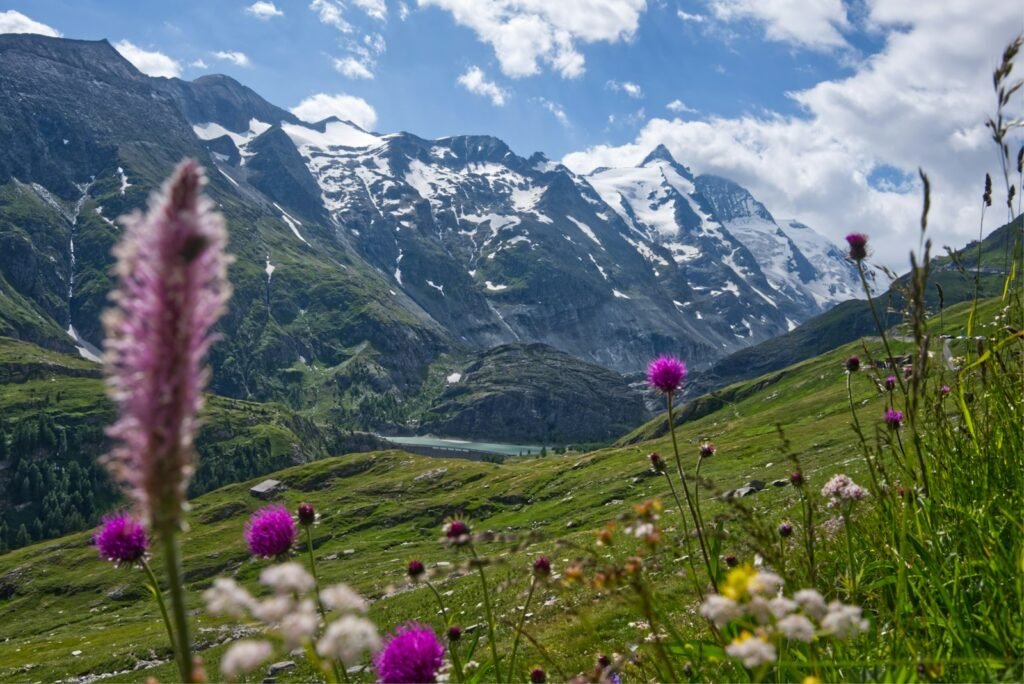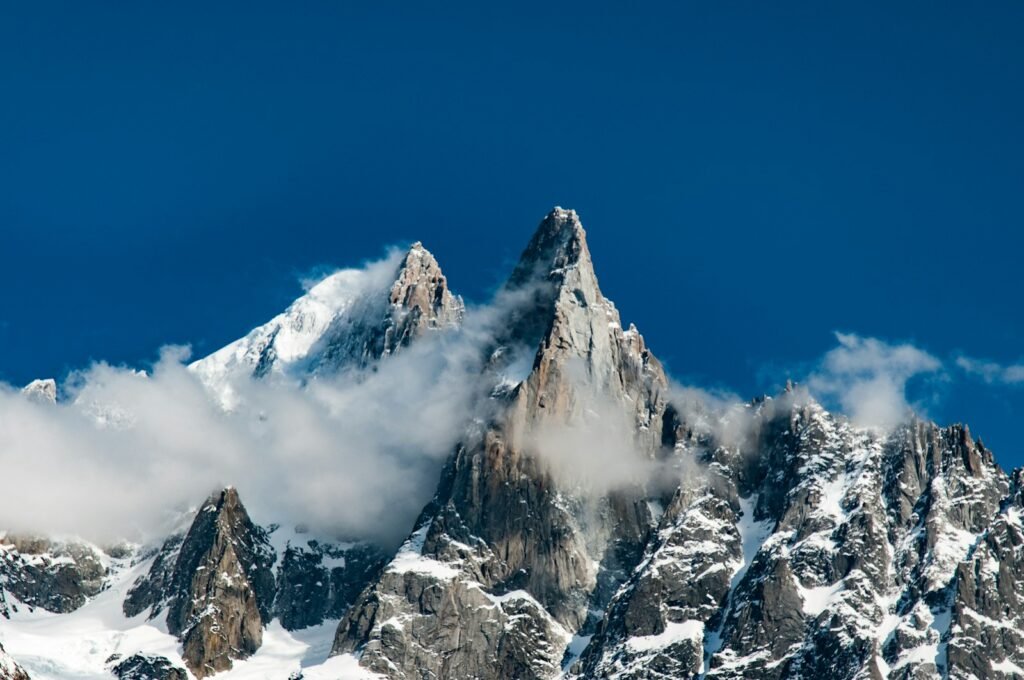The Alps, those mighty white-capped giants slicing across Europe, have towered in our imaginations for centuries. But these days, if you listen closely, there’s a subtle, unsettling whisper echoing off their slopes—a quiet crumbling, a slow unraveling. The glaciers that once gleamed like crowns atop the Alps are shrinking. Ancient rivers of ice, which shaped landscapes and cultures, are vanishing before our eyes. This isn’t just a story of rocks and ice; it’s a deeply human story, too. Imagine waking up in a mountain village to find the familiar glacier outside your window gone, the rhythm of your life forever changed. The Alps are changing fast, and what’s at stake is more than just scenery—it’s the beating heart of European mountain culture.
The Disappearing Giants: Glaciers in Crisis
Alpine glaciers, some thousands of years old, have begun shrinking at a pace that would shock anyone who knew them in their glory. Scientists estimate that the Alps have lost nearly half their glacial ice since the turn of the 20th century. In recent years, melt rates have accelerated dramatically, with the summer of 2022 alone responsible for a staggering loss. These glaciers are more than frozen rivers; they’re vital parts of the mountain ecosystem and storied symbols of endurance. As the gleaming ice diminishes, the landscape transforms, baring raw rock and loose scree where there was once shimmering blue.
Why Are Glaciers Melting So Fast?
The culprit is no secret: our changing climate. Warmer winters, hotter summers, and shifting precipitation patterns have all converged on the Alps like an uninvited storm. The region has warmed at nearly twice the global average, making it a “hotspot” for climate change. Reduced snowfall means less insulation for glaciers in winter, and intense summer heatwaves supercharge the melt. Even the darkening of snow by dust and soot—sometimes carried all the way from the Sahara—can speed up melting, as darker surfaces absorb more sunlight.
Alpine Landscapes Transformed
As glaciers shrink, the face of the Alps is being redrawn. Jagged peaks are emerging from beneath the ice, and turquoise meltwater lakes now fill depressions where glaciers used to flow. In some places, entire valleys look unrecognizable. What was once a dramatic white expanse is morphing into a rough, rocky wilderness. These changes aren’t just cosmetic. They bring new hazards, from rockfalls to landslides, as the “glue” of permafrost that held everything together begins to thaw.
The Ripple Effects on Alpine Wildlife

The loss of glaciers throws the Alpine ecosystem into turmoil. Cold-adapted species like the snow vole and alpine salamander are pushed higher up the slopes, with nowhere left to go. Plants that once thrived in moist, glacier-fed environments are vanishing, and new, heat-tolerant species are moving in. The delicate web of life—pollinators, predators, and prey—is being shaken to its core, putting entire habitats at risk.
Threats to Mountain Communities
For centuries, people living in the shadow of the Alps have depended on glaciers for water, agriculture, and tourism. Now, as the ice disappears, so does the reliable flow of meltwater that feeds rivers and irrigation canals. Farmers worry about droughts, while towns downstream brace for both water shortages and sudden summer floods. The rhythm of life in the mountains, always in tune with the glacier’s pulse, is faltering.
Skiing on Thin Ice: Tourism in Peril
Think of the Alps, and skiing probably leaps to mind. But as glaciers shrink, many famous ski resorts are facing an uncertain future. Glacial ski slopes are disappearing, and the winter season is getting shorter and less predictable. Some resorts are even wrapping glaciers in white blankets to try to stave off summer melting. These efforts are valiant, but they’re also a stark reminder that the old ways of winter recreation may soon be impossible.
Cultural Losses: Folklore and Traditions at Risk
Glaciers have inspired Alpine legends, art, and music for centuries. They feature in local myths as powerful spirits or sleeping giants, woven into the stories families pass down through generations. With the ice vanishing, these cultural touchstones are fading too. Festivals, rituals, and even local dialects shaped by the glaciers’ presence may become mere memories, leaving communities searching for new meaning.
Glacial Archaeology: Uncovering the Past
Ironically, the retreat of the ice is revealing secrets long hidden. As glaciers shrink, ancient artifacts and even human remains are surfacing from the melt. Archaeologists have found Bronze Age tools, Roman sandals, and even well-preserved bodies of climbers lost decades ago. Each discovery is a bittersweet reminder: while we gain new knowledge about the past, we are losing the very ice that preserved it.
Engineering Challenges and Alpine Safety
Melting glaciers pose serious challenges for mountain infrastructure. Trails, bridges, and even entire villages are at risk as slopes destabilize. Engineers are scrambling to reinforce paths, build avalanche barriers, and monitor shifting ground. For climbers and hikers, the mountains are more unpredictable than ever—crevasses open where none existed, and rockfalls can happen without warning. Safety in the Alps, once a matter of skill and experience, is becoming a high-stakes gamble.
The Changing Soundscape of the Alps

It’s not just the sights that are changing—the Alps sound different too. Where once there was the muffled hush of snow and the distant crack of shifting ice, now there’s the drip of meltwater and the rumble of falling rocks. Local residents notice these subtle transformations. For some, the new noises are unsettling, a constant reminder of the landscape’s instability.
Hydropower in Jeopardy
Switzerland, Austria, and other Alpine countries rely heavily on glacial meltwater to power their hydroelectric plants. As glaciers vanish, so does a steady, predictable source of water. This threatens not only local electricity supplies but also the broader European energy network. Planners are now grappling with how to adapt, exploring new reservoirs and even wind and solar alternatives, hoping to fill the gap left by the retreating ice.
Alpine Agriculture Faces New Realities
The region’s farmers have always depended on the Alps’ unique climate and water resources. Now, longer droughts and unpredictable weather are making traditional crops harder to grow. Some have started experimenting with new varieties, while others are pivoting to different forms of agriculture altogether. The famous Alpine cheeses and wines so beloved across Europe may taste different—or become rarer—in the years ahead.
Iconic Mountain Huts and Routes at Risk
Many of the Alps’ beloved mountain huts—those cozy refuges perched on rocky ledges—are built on ground once frozen solid by permafrost. As the ground thaws, some huts are shifting, cracking, or even collapsing. Historic hiking and climbing routes are being rerouted or abandoned, as old pathways become too dangerous or simply disappear under rockfall and debris.
Glacial Lakes: Beauty and Danger

As glaciers melt, they often leave behind stunning turquoise lakes, which can become new attractions for visitors. But these lakes also pose hidden dangers. Sometimes, natural dams of ice and debris can fail suddenly, unleashing flash floods that threaten villages below. Scientists and engineers keep a close watch on these new bodies of water, racing to predict and prevent disasters.
Alpine Flora: Shifting Blooms and Survival Struggles

The wildflowers and plants of the Alps are some of the most beautiful on earth, carpeting meadows with color each spring. But as temperatures rise, many species are moving uphill, seeking cooler climates. Some may run out of mountain before they find a new home. This shift threatens not only the plants themselves but also the bees, butterflies, and other creatures that depend on them.
Impacts on Alpine Rivers and Lakes
The rivers that flow from the Alps are the lifeblood of much of Europe, feeding the Rhine, the Danube, and countless smaller streams. Glacial retreat is altering the timing and quantity of water reaching these rivers. Fishermen are noticing changes in fish populations, while cities downstream worry about their water supplies. The Alps are truly Europe’s water tower, and as it crumbles, everyone downstream feels the tremors.
Climate Refugees: When Home Becomes Unlivable
As life in the mountains becomes more challenging, some Alpine communities are shrinking or even disappearing. Families whose roots run deep in tiny villages are being forced to move, searching for better opportunities or safer ground. These new “climate refugees” are a visible sign that even wealthy, developed regions aren’t immune to the disruptions of a warming world.
Science on the Front Lines: Monitoring the Melt

Glaciologists and climate scientists are racing to document changes in the Alps. They use drones, satellites, and even old-fashioned boots-on-the-ground fieldwork to measure ice thickness, monitor temperatures, and predict future scenarios. Their work is vital—not just for understanding what’s happening now, but for preparing Alpine communities for what’s to come.
Artistic Responses: Creativity Amid Collapse
Artists, writers, and musicians across Europe are responding to the crisis in the Alps. Some use their art to mourn what’s lost; others to inspire action or imagine new futures. Exhibitions, installations, and performances are popping up in mountain towns, offering moments of reflection and solidarity. Through creativity, people find new ways to connect with these changing landscapes.
Hope on the Horizon: Adaptation and Innovation
Despite all the challenges, there are glimmers of hope. Communities are banding together to find creative solutions—whether it’s restoring forests to stabilize hillsides or developing eco-friendly tourism. Innovative technologies, from artificial snowmaking to renewable energy projects, are being tested across the Alps. There’s a growing sense that, while the old Alps may be crumbling, something new could yet emerge from the rubble.
A Call to Remember and Act
The Alps have always stood as a symbol of resilience and grandeur. Now, as their glaciers retreat, we face a choice: watch as mountain culture slips away, or rally together to protect what remains. The fate of the Alps is not written in stone—or ice. What part will you play in this unfolding story?



